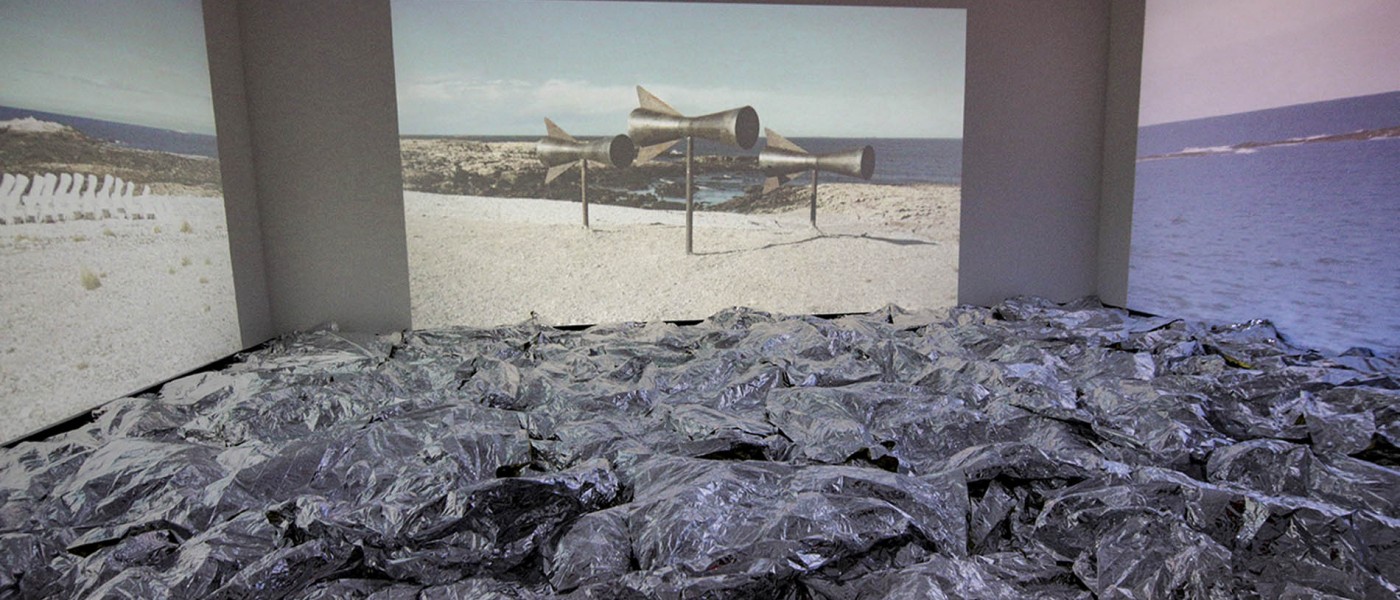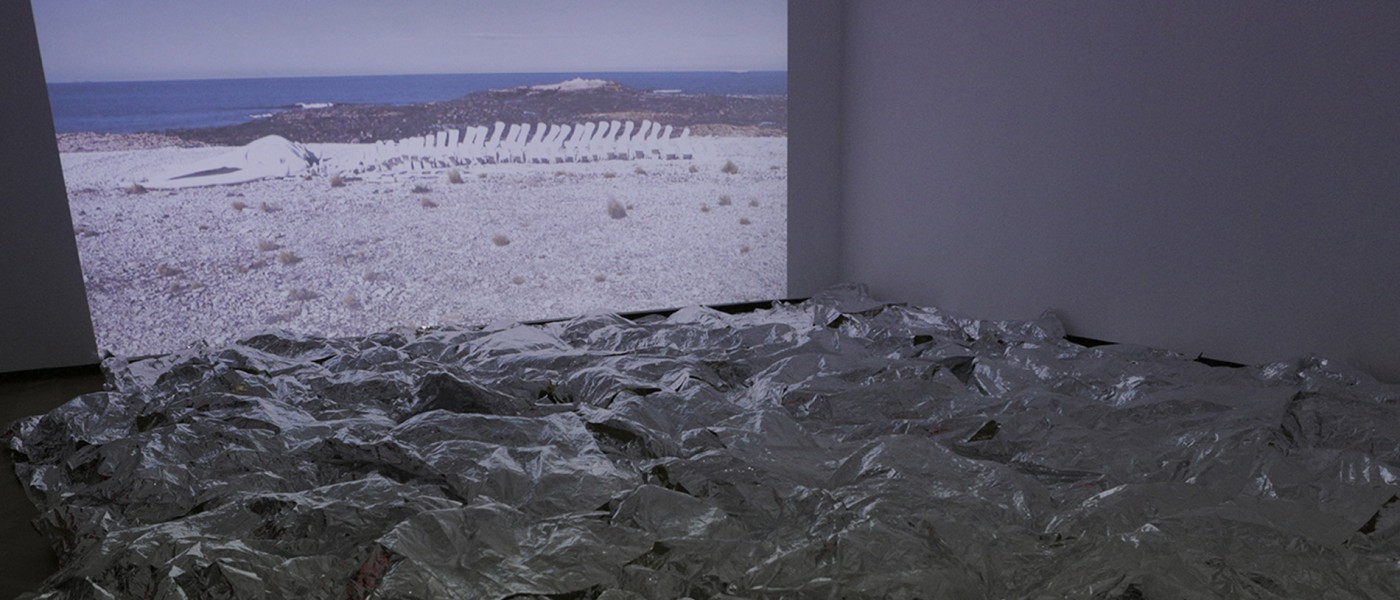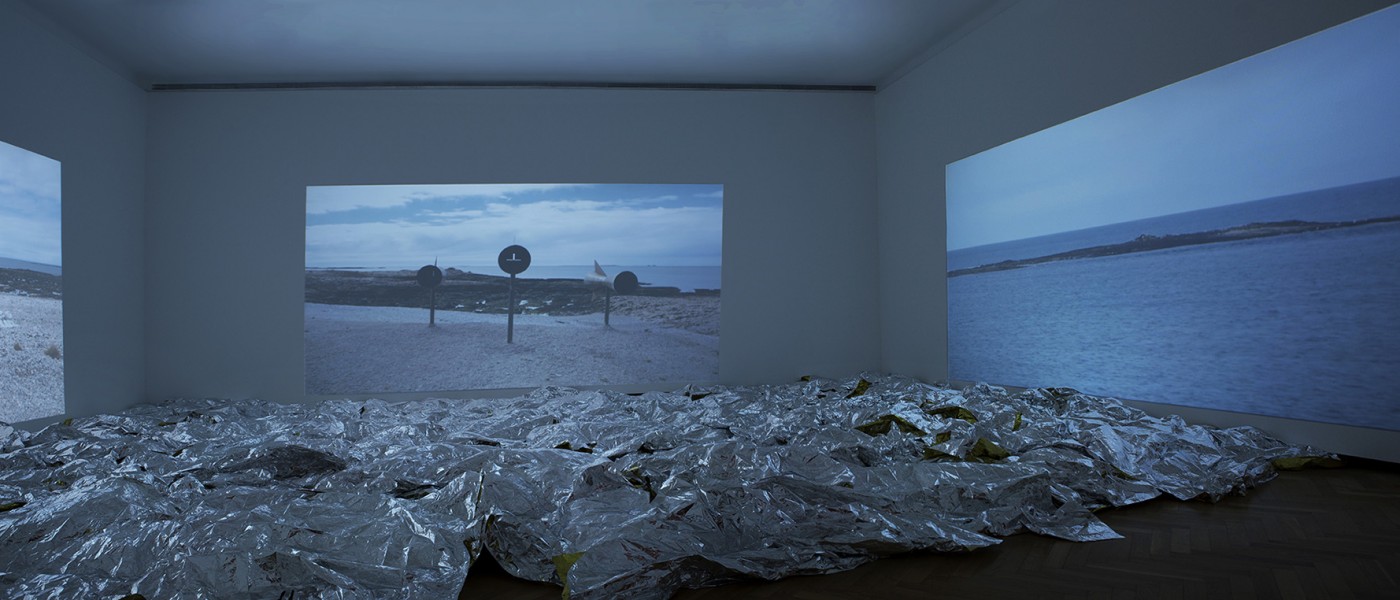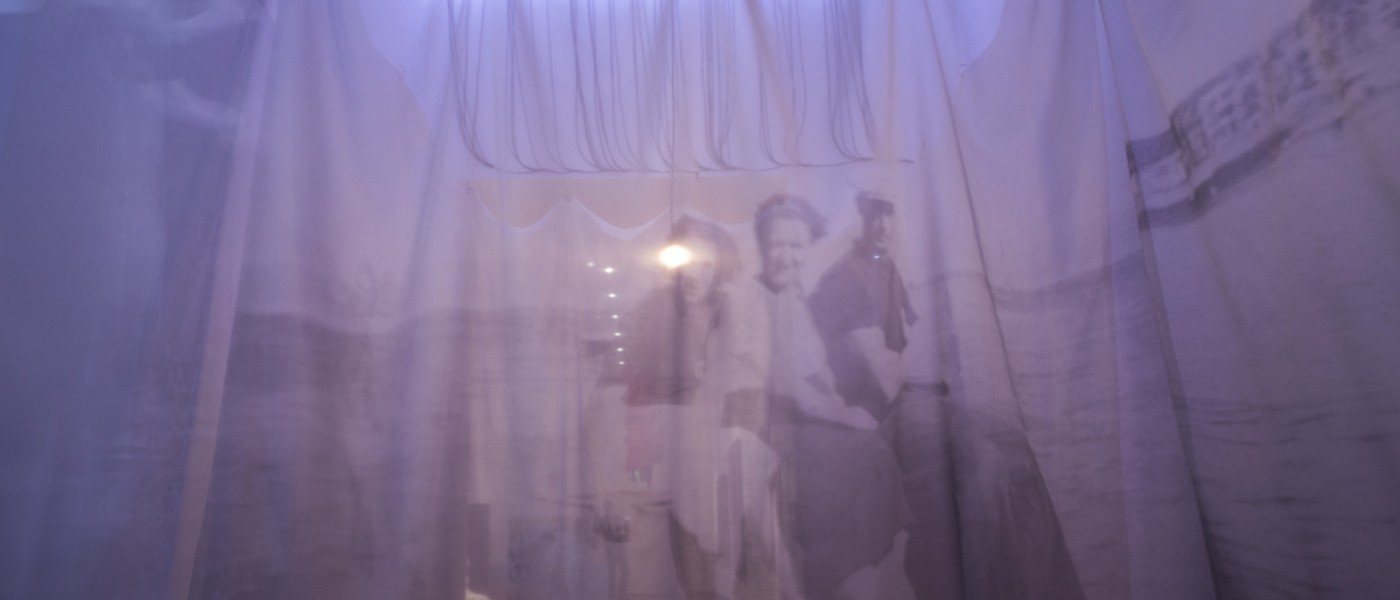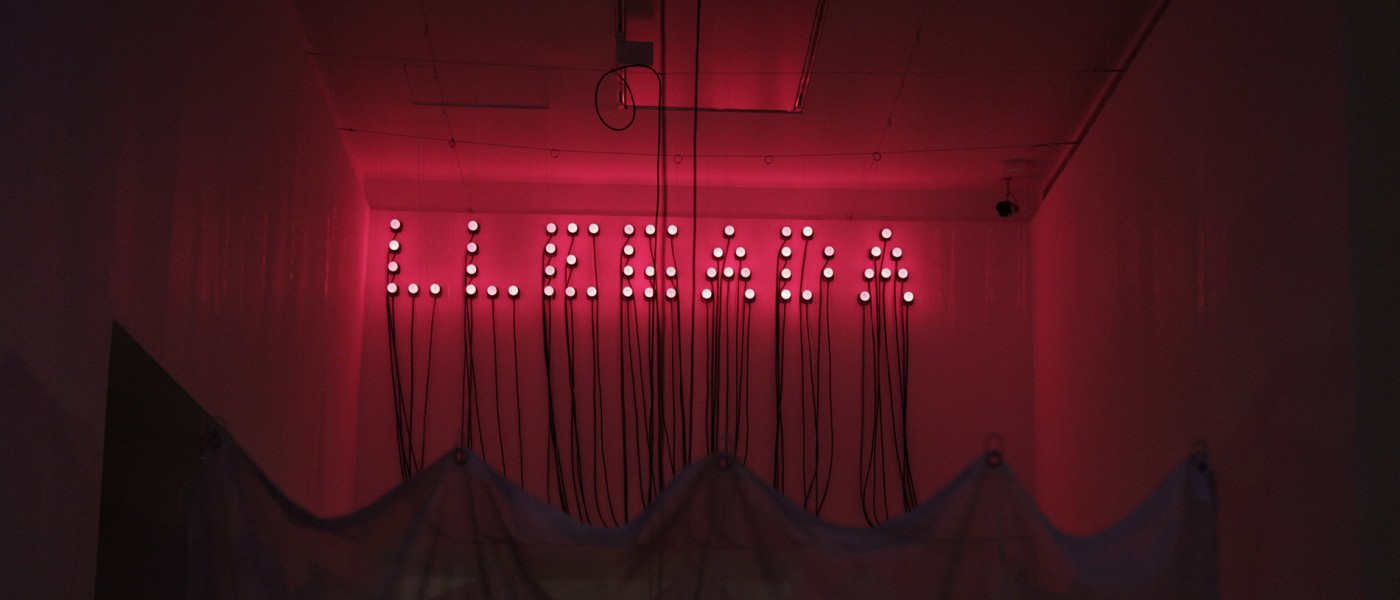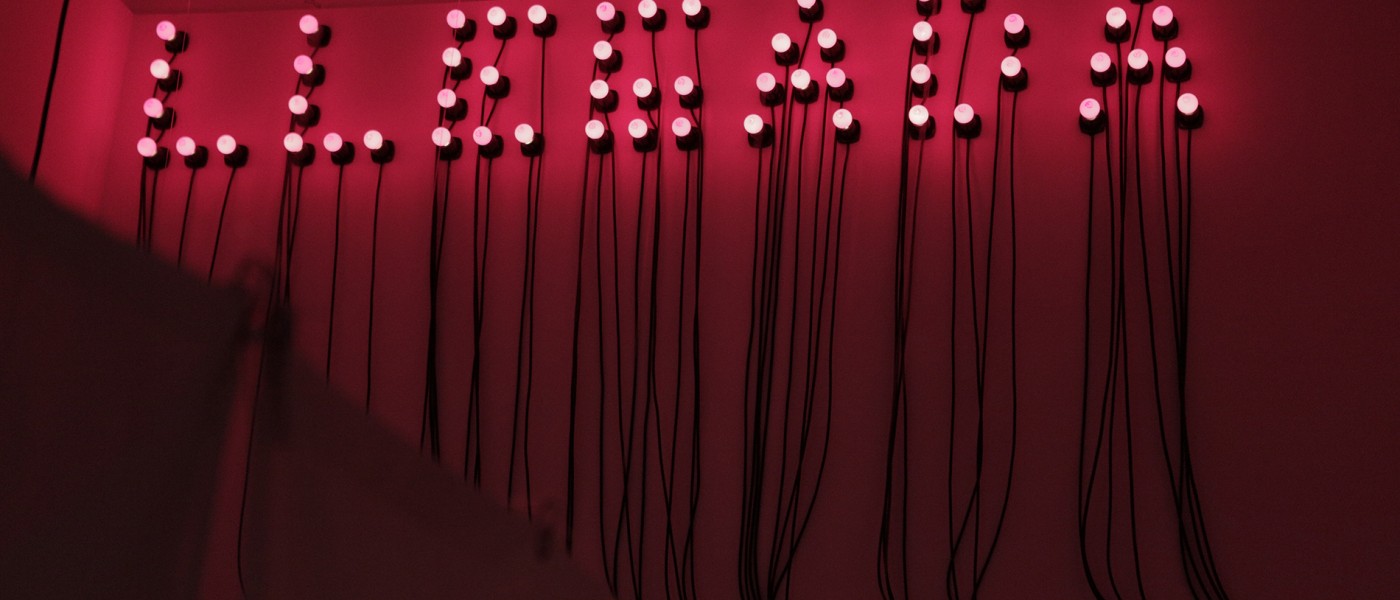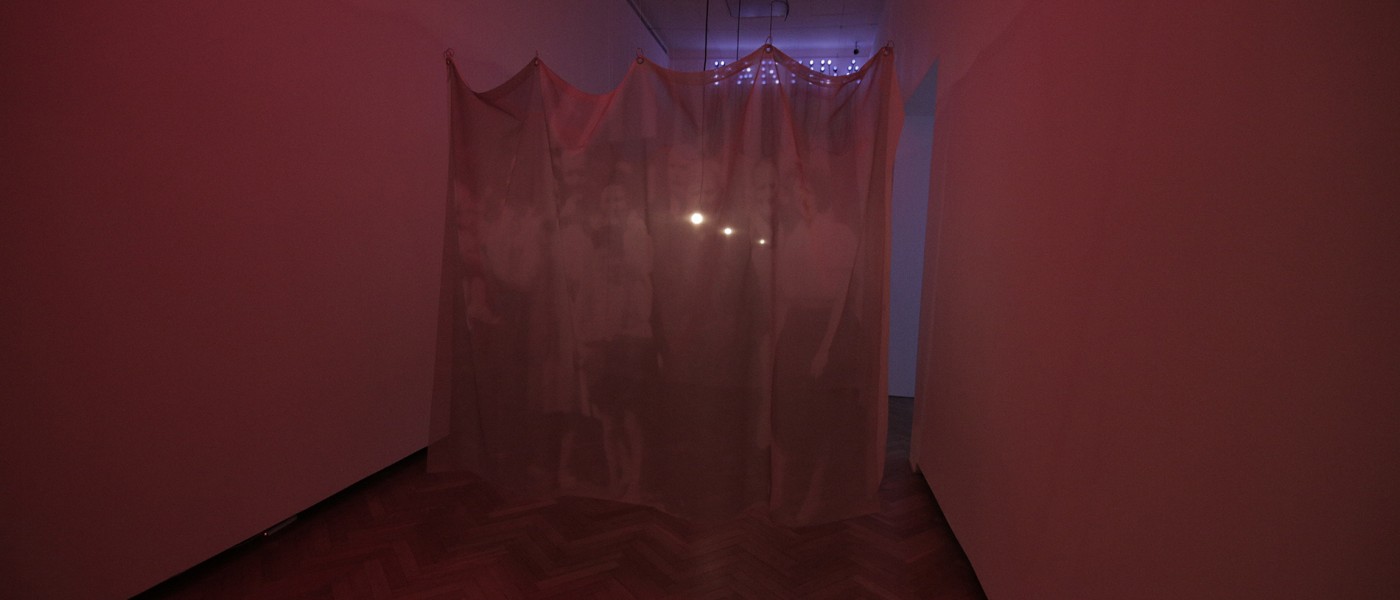“There is no progress in art, just a development; the artistic themes have been the same since the beginning of times and there are just five or six of them: the pursuit of God, sex, death, the beauty of nature…every artist speaks about the same things as their predecessors, though using the words of their time, which is neither good nor bad.” Christian Boltanski.
In each of his public interventions, Boltanski goes back to these assertions, which place him within a vast, almost generic historical-artistic sequence that alludes perhaps to the presence of art as a human, social need in any place or time.
The forms these issues adopt change according to the times and the places and also throughout the career of artists like Boltanski, who rise to the challenge of revisiting these themes with new resources.
He goes from intimate installations in closed, absent spaces, oftentimes abandoned or derelict, scarcely populated by everyday objects of an austere materiality, to the immensity of the open space.
Within the framework of BIENALSUR, Boltanksi made an exploratory trip to Patagonia, where he found the site that could capture the winds and the infinite dimension of the horizon stretching among the sky, the rocks and the sea. The skeleton of a whale appeared there spontaneously as part of this experience.
Thus emerged the work: three huge iron trumpets were installed on that windswept shore of Chubut to emit their sounds unceasingly.
Boltanksi created a myth, that of the horns blown by the wind attempting to establish a dialogue with the whales about existential questions.
He leaves a mark in the landscape and installs a new sonority. He turns us into participants through a video that, in synchronicity with the real time of the audience, is projected elsewhere hundreds or thousands of kilometers away. He builds a legend bound to challenge time and render continuity to his work.

